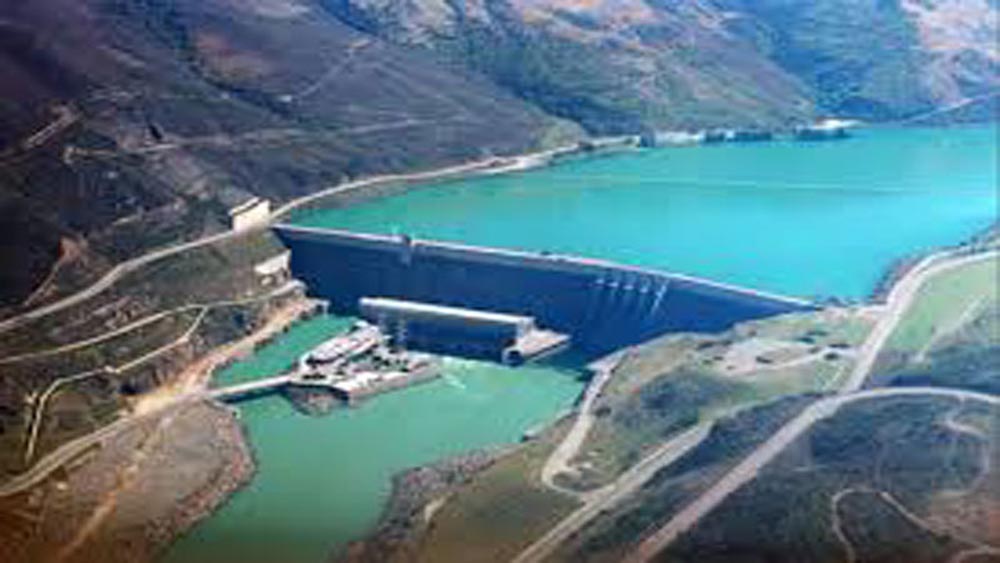ISAMABAD: The cost of Diamir Bhasha Dam and Hydropower Project has surged by 322 billion rupees merely because of the devaluation of rupee by the incumbent government of Pakistan Tehrik-e-Insaf.
The estimated cost of this dam is $14 billion. It amounted to 1624 billion rupees when the PTI came into power. However, after devaluation the cost of this mega dam and hydropower project has shot up to 1946 billion rupees. That too in case the dollar-rupee exchange rate remains stable, at existing inter-bank rate of 139 rupees _ which seems impossible as we can see more devaluation in coming months and years. Diamir Bhasha Dam will be completed in seven years, from the date work on this mega project will be initiated. And it is understood that keeping in view the historical trend of devaluation, in next seven years, we will see more devaluation of rupees that will further magnify the cost of the project.
Importantly, the government and the Supreme Court’s Chief Justice Fund for Mohmand and Bhasha Dams have received around 10 billion rupees worth donation _ whereas, the government needed around 2000 billion rupees just for Bhasha Dam.
However, in the case of Mohmand Dam, its cost is expected to remain the same – Rs 298 billion as the contract of the project had already been award to a consortium led by Descon Engineering company of sitting commerce minister Abdul Razzak Dawood. This is much smaller project in comparison with Bhasha Dam.
Mohmand dam would have a gross storage capacity to store 1.9 million acre feet (MAF) water with power generation potential of 800MW and it will irrigate around 17,000 acres of land.
Bhasha Dam salient features
Bhasha Dam is a gravity dam, in the preliminary stages of construction, on the River Indus in Gilgit-Baltistan, Pakistan. Upon completion, Diamer-Bhasha Dam would be the highest RCC dam in the world. The dam site is situated near a place called “Bhasha” in Gilgit-Baltistan’s Diamer District, hence the name. Diamer-Bhasha Dam would (i) produce 4,500 megawatts of electricity through environmentally clean hydropower generation; (ii) store an extra 8,500,000 acre feet (10.5 km) of water for Pakistan that would be used for irrigation and drinking; (iii) extend the life of Tarbela Dam located downstream by 35 years; and (iv) control flood damage by the River Indus downstream during high floods.
It will have a height of 272 meters spillway with fourteen gates each 11.5 m x 16.24 m. The gross capacity of the reservoir will be 8,100,000 acre feet (10.0 km), with a live storage of 6,400,000 acre feet (7.9 km). Two underground power houses are being proposed, one on each side of the main dam having six turbines on each side with total installed capacity 4500 MW.


















